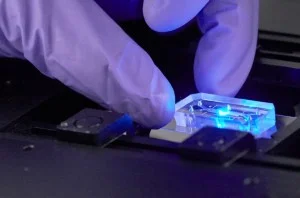Hesperos, Inc. has achieved a landmark innovation in biomedical engineering by successfully demonstrating the first true digital twin of human disease using its Human-on-a-Chip® platform. Published in Advanced Science, the study showcases how a multi-organ microphysiological system (MPS) incorporating human liver, spleen, endothelial tissues, and blood was able to model the full lifecycle of Plasmodium falciparum, the parasite responsible for malaria. This integrated, human-relevant platform not only reproduced complex biological processes but also combined experimental data with pharmacokinetic/pharmacodynamic (PK/PD) modeling to predict therapeutic outcomes—ushering in a new era of precision, non-animal disease modeling.
The system’s ability to simulate human drug responses across both drug-sensitive and drug-resistant malaria strains, using standard therapies like chloroquine and artesunate, highlights its translational potential. By applying population-based modeling and in vitro-to-in vivo extrapolation (IVIVE), researchers accurately predicted parameters such as maximum tolerated dose (MTD), EC50, and immune response signatures. This makes the platform highly valuable for evaluating both efficacy and off-target toxicity, while enabling personalized insights for disease treatment. The introduction of Digital Medical Twins grounded in actual biological response opens the door for more predictive, cost-effective, and ethically sound preclinical testing—an urgent need in global drug development pipelines.

